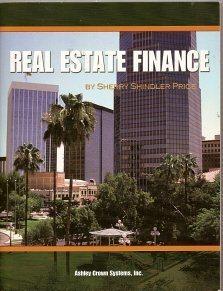1) What factors affect the value of an option? (Q13) 2) Suppose you purchase a Treasury bond futures contract at a price of 95 percent of the face value, $100,000. (P2) a) What is your obligation when you purchase this futures contract? b) Assume that the Treasury bond futures price falls to 94 percent. What is your loss or gain? c) Assume that the Treasury bond futures price rises to 97 . What is your loss or gain?" 3) Suppose an investor has a $1 million long position in T-bond futures. The investor's broker requires a maintenance margin of 4 percent, which is the amount currently in the investor's account. (P6) Suppose also that the value of the futures contract drops by $50,000 to $950,000. How much will the investor be required to pay his broker to maintain his margin? What will be the value of the investor's account balance (assuming no excess) as a result of the price drop?" 4) You have taken a long position in a call option on IBM common stock. The option has an exercise price of \$176 and IBM's stock currently trades at \$180. The option premium is \$5 per contract. (P7) a) How much of the option premium is due to intrinsic value versus time value? b) What is your net profit on the option if IBM's stock price increases to $190 at expiration of the option and you exercise the option? c) What is your net profit if IBM's stock price decreases to $170 ?" 1) What are the major sources of funds for commercial banks in the United States? What are the major uses of funds for commercial banks in the United States? for each of your answers, specify where the item appears on the balance sheet of a typical commercial bank. (Q2) 2) How does one distinguish between an off-balance-sheet asset and an off-balance-sheet liability (Q10) 3) What are the advantages and disadvantages of international expansion? (Q26) 1) If a bank's asset utilization ratio increases, what will happen to its return on equity, all else constant? (Q14) 2) What is the difference between the net interest margin and the spread? (Q18) 3) "The financial statements for First National Bank (FNB) are shown below: (P3) a) Calculate the dollar value of FNB's earning assets. b) Calculate FNB's ROA. c) Calculate FNB's asset utilization ratio. d) Calculate FNB's spread









